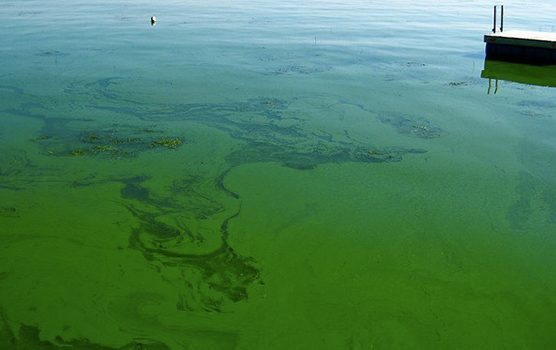By Melody Gluth
Algae might just be the next big protein alternative. It may not sound the most appetizing, but it does sound tastier than other protein alternatives, such as insects. The protein intake from algae is high and it is a sustainable alternative compared to other protein substitutes and dairy products.
The term “algae” refers to a variety of aquatic organisms that lack stem, roots, and leaves. The two broad category for algae are macroalgae and microalgae. Macroalgae refers to seaweeds, such as kelp. Microalgae are single-celled organisms. Some of the microalgae species contain as much as 50 to 60 percent protein, which makes them a good candidate to be a protein alternative. Two types in particular show promise of being a natural superfood: spirulina and chlorella.
Spirulina is a kind of cyanobacteria and is blue-green algae. Blue green algae contain valuable nutrients and possibly other health benefits. They are a good source of protein, containing about 6 grams per each 100 gram serving. They also contain all the essential amino acids and almost no fat. Spirulina has only 26 calories per serving, making it a naturally low-calorie food. Blue algae also may boost your immune system due to its natural anti-viral properties.
Chlorella is a superfood rich with phytonutrients. It is also blue-green algae, like spirulina. Chlorella promotes healthy hormonal function and cardiovascular health, and it can also lower blood pressure and cholesterol. It aids in the detoxification of our bodies and can even help negate the effects of chemotherapy and radiation.
These microalgae superfoods can be taken in the form of powder or tablet supplements. The powder can be used in cooking, baking, or making delicious juices and smoothies. Green algae have many nutritional benefits and are high in protein, vitamins B1, B6, and several important minerals, including calcium, iron, potassium, and magnesium. They also contain zinc and phosphorus.
At this point in time, microalgae are more expensive than other plant proteins, making it tough to compete. It is also costly to grow microalgae since it can use a lot of water and have high energy costs.
However, growing microalgae will save soil, use fertilizer more efficiently, and they do not need pesticides. There are also companies that are looking into cultivating marine microalgae to use as food. This way, freshwater would not be needed. All of these improvements working together may make it possible for prices to come down enough that algae will be able to compete with milk and eggs. In the future, algae may be the protein alternative that everyone will be using.
